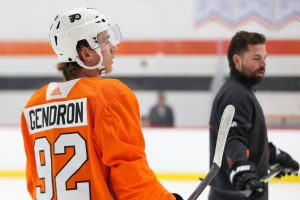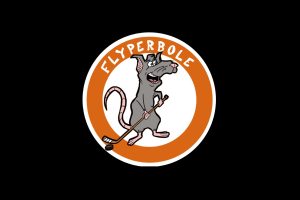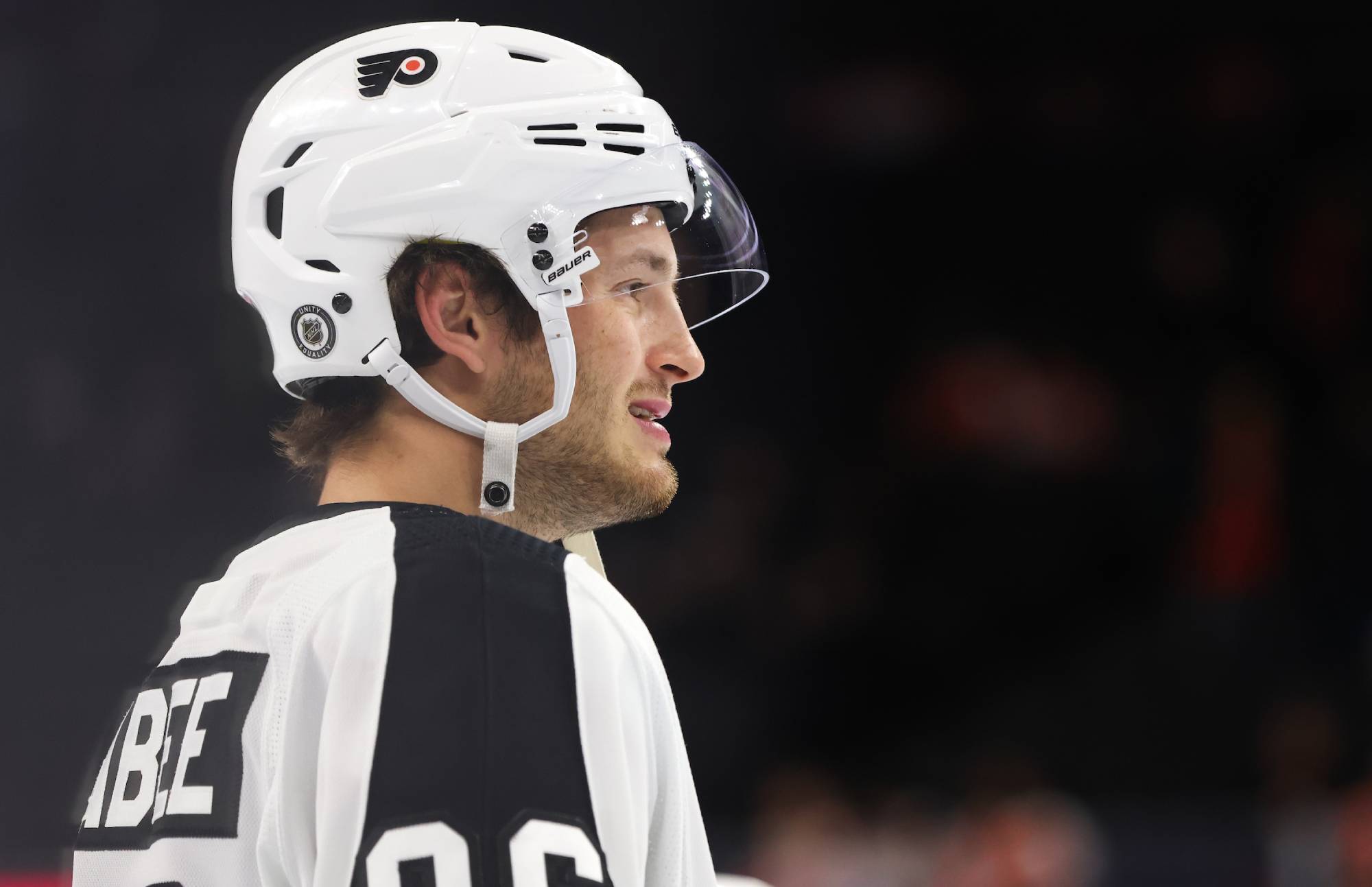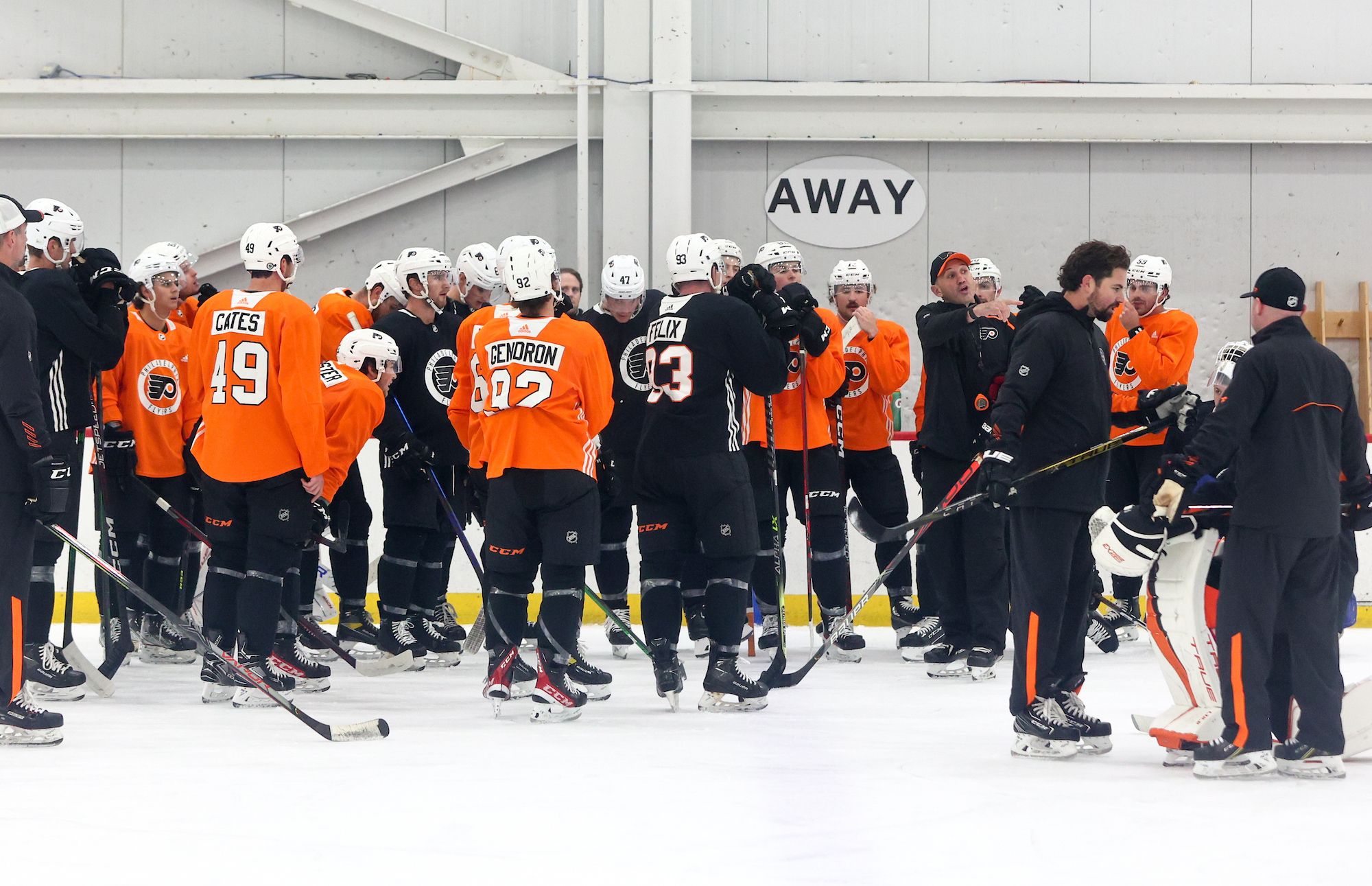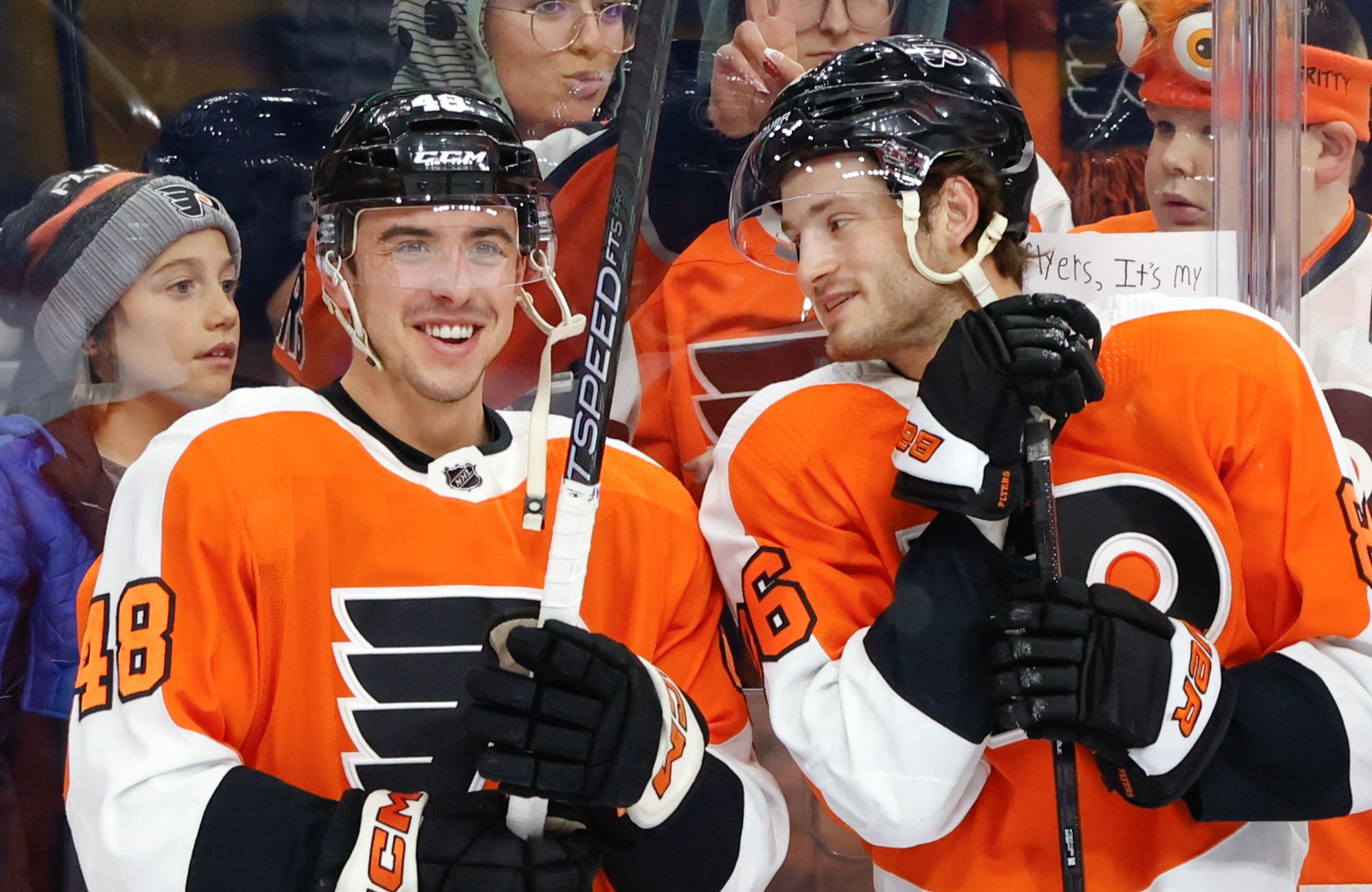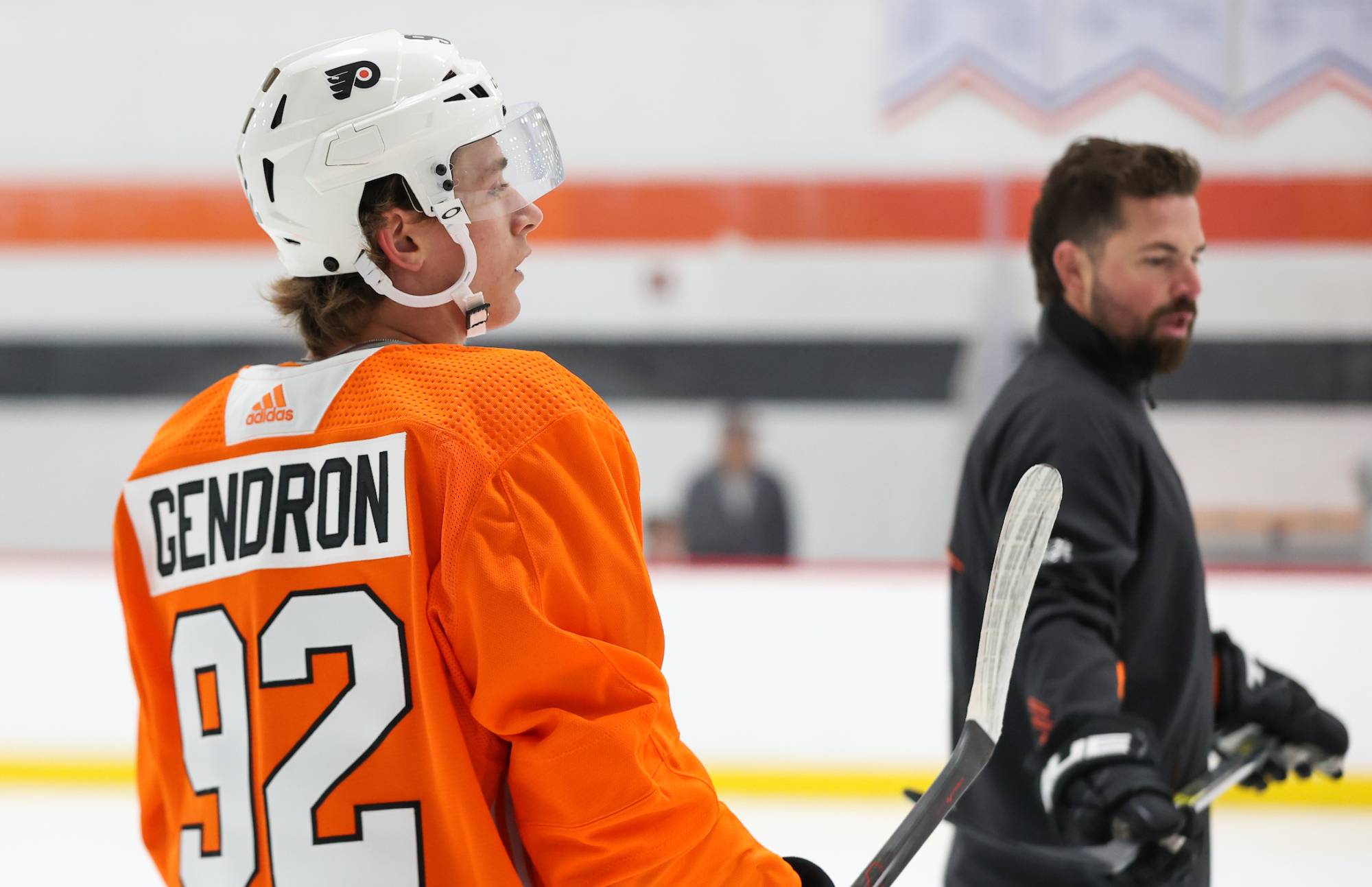We’re rolling on through these report cards, and now we’re talking about the forwards! Just a quick note, we won’t be talking about every single forward that dressed for a game this season, that would just be madness. So, if they played fewer than 10 games, or were traded out of the organization entirely (my apologies to guys like Dale Weise), they don’t get a grade. And even without those players, that still leaves a whole bunch to talk about, so let’s just dive right in.
Nicolas Aube-Kubel 54 GP, 16 G, 14 A, 30 P
Grade: B+
This is a tough season to grade. On the one hand, we look at the numbers and say “his scoring pace was down and that’s a bad thing.” And that’s a fair stance. Scoring was down for just about everyone, plus he was dealing with a couple of different injuries throughout the season, and that likely didn’t help things, but it’s still a fair point. On the other hand, Aube-Kubel did show a level of dominance of play at the AHL level, enough to earn himself the call up to make his NHL debut.
His scoring was down, but he didn’t look like a guy whose scoring was down, if you will. He was still doing well at generating chances, and driving play positively (at least through the games that we have numbers for so far). The goals weren’t there in the same way they were last season, but just about everything else seemed to be clicking well enough.
But we do have to take into account that he wasn’t able to capture the same scoring touch he did last season, or even at the start of this season, as well as the fact that while we did see some dominance from him, it wasn’t all the time. We wanted a little more there.
Justin Bailey 17 GP, 6 G, 2 A, 8 P
Grade: A-
Bailey finished the season with the Flyers, after being up and down approximately forty times in the last few weeks of the season, so we’re trying to keep recency bias and our feelings about his performance at the NHL level out of this one. In short, he was very good with the Phantoms. He came in and pretty much immediately made an impact on his new team, bringing a bit more scoring to a team that needed it. He moved the puck well, and his speed was an added weapon.
We really don’t have any complaints about his game—again, we have our thoughts about how those skills translate to the NHL level, but what we’re focusing in on is that these skills were working very well at the AHL level. There’s not a whole lot more that we could have asked of Bailey in his first part of a season with the Phantoms. Maybe a bit more consistency through his last few games with the Phantoms, if we’re really looking for something (but all of the up and down with the Flyers is hard, so we give him a bit of leeway there).
Cole Bardreau 40 GP, 7 G, 5 A, 12 P
Grade: C
It was something of a weird season for Bardreau. He started off slow, registering only five points through the first two months of the season, missed three months with an upper body injury, came back and was able to work himself back to game speed pretty quickly, and then more than doubled his points in the last 12 games of the season after going pointless in his first five back.
Where does that leave us? He still finished the season well below his previous season total of 30 points in 45 games. He was solid through the very end of the season, and we have to credit him for being able to get back into the swing of things as easily as he did, to get back into that energy player role just about immediately, but we also can’t ignore the fact that he was also pretty ineffective during his first half of the season, before we went out with the injury. Could it have been more nagging than we know and contributed to that poor performance? It’s a possibility, but we don’t know for sure. So we’re left to just try to sort of average out the two discordant halves of his season, and a C feels just about right. All in all, our read on the season was “passable.”
Connor Bunnaman 62 GP, 19 G, 13 A, 30 P
Grade: B+
We’ll be direct with this one: Bunnaman came into his rookie season with the team and started out in the healthy scratch rotation, and when injuries opened up a more permanent roster spot for him, he turned into little short of a revelation. The Phantoms went from having all of the centers to having none of them, and Bunnaman was thrown into the 1C role, and he ran with it, and pretty quickly became one of their most consistent scorers. This was a team that could struggle to score at times this season, and Bunnaman was able to contribute a good bit of offense, and it’s hard to complain about that.
We’re being a little cautious with this grade, we’ll add that qualifier, because Bunnaman did receive some favorable deployment this season—netfront on the top power play unit and a lot of minutes alongside the team’s top scorer Greg Carey—and while we don’t want to suggest that he was just out there leeching points, we do have some questions about his ability to drive his own offense. But we’ll have to wait until next season to answer those. So it goes.
Greg Carey 74 GP, 29 G, 32 A, 61 P
Grade: A
We mentioned earlier in this article that scoring was down for just about everyone on the team, and how they struggled at times to generate offense—one of the exceptions to these points is Carey. It wouldn’t be a stretch to call him the Phantoms’ most consistent scorer, as he also brought his personal numbers up, increasing his points total from 53 in 72 games the previous season.
He was a force at 5-on-5. When the power play’s normal personnel was depleted by injury and call ups, the structure was changed to center around just getting the puck to him for a one-timer attempt. We can’t really emphasize enough how key he was to the offense this season, while also looking to have taken a step forward on the defensive side, as well. We have no complaints here.
Chris Conner 72 GP, 16 G, 35 A, 51 P
Grade: A
Chris Conner 1. Age Curve 0. That’s it. That’s our write-up.
Okay no, just kidding, we’ll provide some actual thoughts. If Carey was the Phantoms’ most consistent scorer, Conner wasn’t too far behind in that ranking. He also increased his season high from last season (up from 37 points in 65 games), and helped provide the team as a whole with a bit of jump when they were slumping. And, of course, we would be remiss if we didn’t point out that, even at 35 years old, he’s still skating remarkably well, with his speed serving as a big threat to opponents. We love to talk about veteran players stepping up when the team needs them, and maybe that’s become trite at this point, but Conner was able to do just that this season.
All stats via theAHL.com



